A record year for new wind farm construction and a recovery in investment in the sector have raised hopes that the EU can meet its clean energy targets, the Brussels-based WindEurope association said on February 28.
In its annual report, WindEurope described 2023 as a year of “significant improvements” in key areas of the European wind energy industry, which struggled in 2022 with soaring inflation, high interest rates and volatile energy markets following Russia’s invasion of Ukraine.
Investment in European offshore wind power last year soared to €30 billion, up from a meager €0.4 billion invested in 2022.
Last year, Europe installed 18.3 GW of new wind power capacity, of which a record 16.2 GW of new capacity was installed in the EU, around 80% of which were onshore wind farms.
Onshore wind will continue to account for two-thirds of new installations between 2024 and 2030, but offshore wind will accelerate later in the decade. By 2030, offshore wind will overtake onshore wind in terms of new installations.
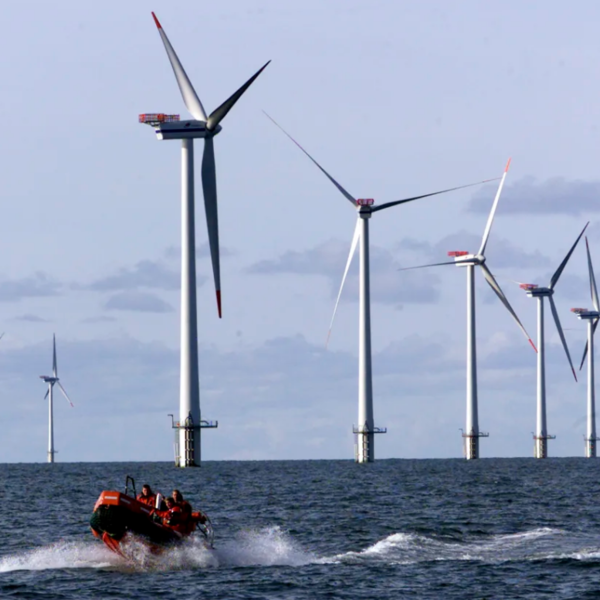
Wind turbines and solar panels at the Klettwitz Nord energy park, near Klettwitz, Germany. Photo: Getty Images
WindEurope expects Europe to install 260 GW of wind between 2024 and 2030. The EU is forecast to build an average of 200 GW, or 29 GW per year, reaching 393 GW by 2030. This would be about 30 GW short of the 425 GW needed to meet the EU's 42.5% renewable energy target.
EU policies to speed up project permitting have encouraged the sector, WindEurope said, alongside the bloc's proposals to help wind projects access finance and price indexation in governments ' renewable energy auctions.
“Permitting has improved thanks to new EU regulations. Investment is increasing. Record volumes are being auctioned and built. And governments have committed to strengthening Europe’s wind energy sector…”, said WindEurope CEO Giles Dickson.
Germany led the way in new capacity construction last year, thanks to a rapid expansion of onshore wind. The Netherlands took second place, thanks to record offshore wind installations. Sweden came in third, installing 1.9 GW, all onshore.
Wind power will account for 19% of total EU electricity consumption in 2023. This share is 56% in Denmark, 36% in Ireland, 31% in Germany, 29% in the UK and 27% in Spain and the Netherlands.
According to WindEurope, the main bottleneck today is the grid. In order for the EU’s annual wind power installations to increase from 16 GW in 2023 to an average of 29 GW by 2030, the construction of new and optimized grids in Europe needs to be accelerated urgently .
Minh Duc (According to Reuters, Renewables Now)
Source









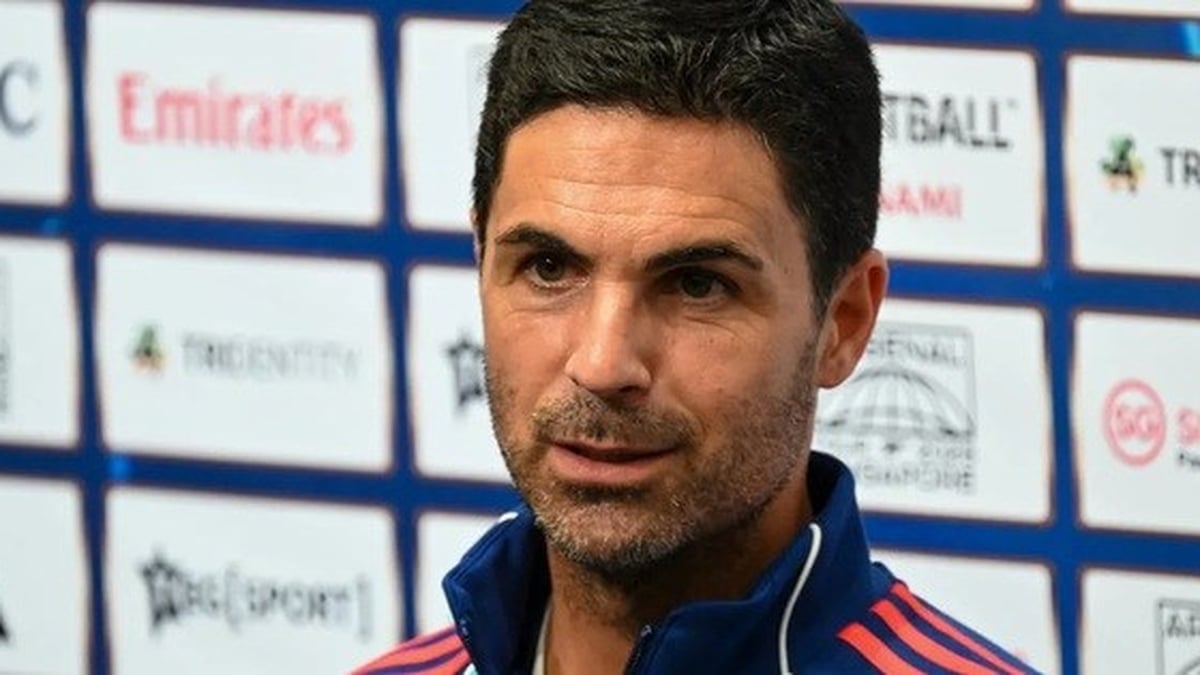















![[Photo] National Assembly Chairman Tran Thanh Man visits Vietnamese Heroic Mother Ta Thi Tran](https://vphoto.vietnam.vn/thumb/1200x675/vietnam/resource/IMAGE/2025/7/20/765c0bd057dd44ad83ab89fe0255b783)







































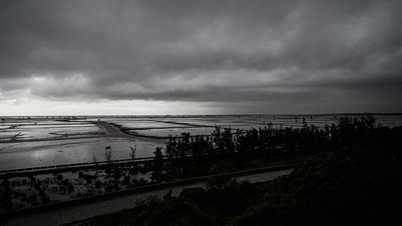



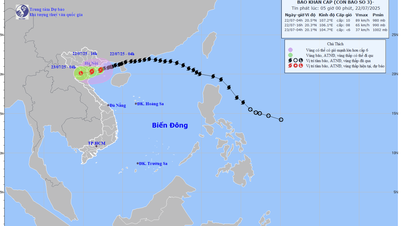

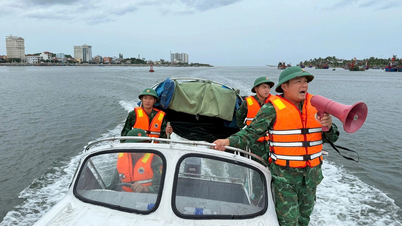

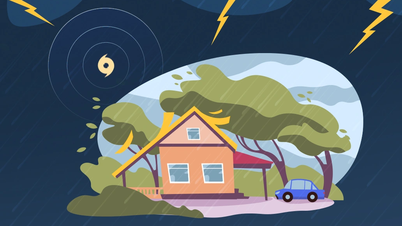



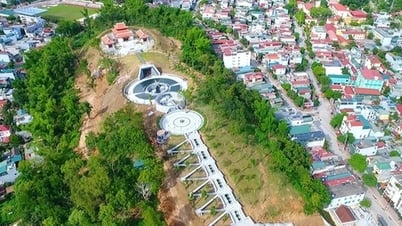



























Comment (0)